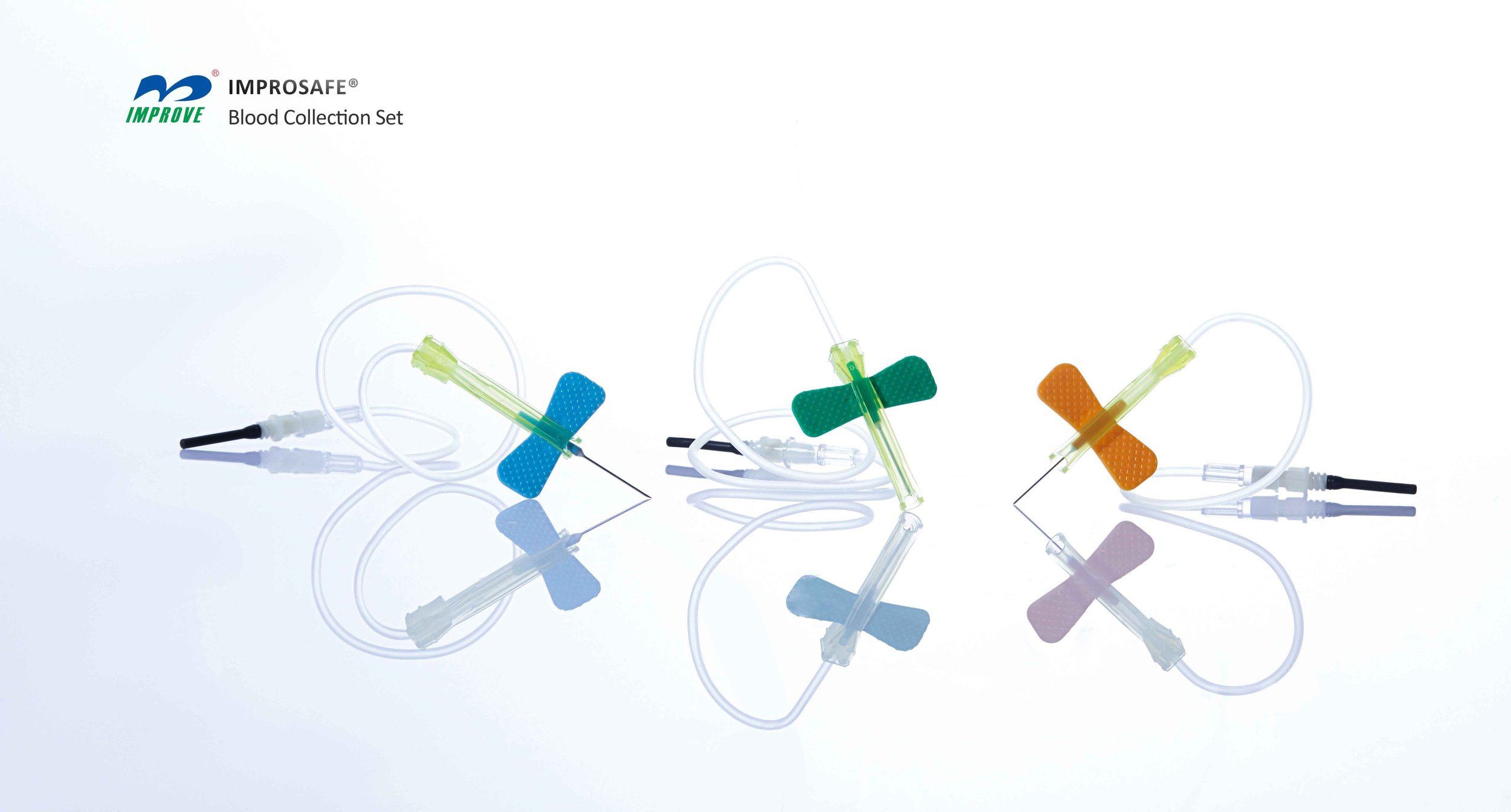The Legal Risks of Inaccurate Test Results in US Medical Laboratories
Summary
- Medical laboratories in the United States face legal risks related to the accuracy of Test Results.
- Mistakes in Test Results can lead to serious consequences for patients and legal repercussions for laboratories.
- It is important for medical laboratories to have strict Quality Control measures in place to minimize the risk of inaccurate Test Results.
The Importance of Accuracy in Medical Test Results
Medical laboratories play a crucial role in healthcare by conducting tests that help diagnose and treat various medical conditions. The accuracy of Test Results is paramount in ensuring that patients receive the appropriate care and treatment. Inaccurate Test Results can lead to misdiagnosis, incorrect treatment, and even harm to patients. As such, medical laboratories must adhere to strict Quality Control measures to ensure the accuracy of their Test Results.
Types of Legal Risks Faced by Medical Laboratories
Medical laboratories in the United States face a number of legal risks related to the accuracy of Test Results. Some of the key legal risks include:
-
Medical Malpractice: If a patient is harmed as a result of an inaccurate test result, the medical laboratory may be held liable for medical malpractice. This could result in costly lawsuits and damage to the laboratory's reputation.
-
Regulatory Violations: Medical laboratories are subject to Regulations and standards set by organizations such as the Clinical Laboratory Improvement Amendments (CLIA). Failure to comply with these Regulations could result in fines, sanctions, or even the loss of accreditation.
-
Contractual Obligations: Medical laboratories often have contracts with Healthcare Providers to provide testing services. If the laboratory fails to meet the agreed-upon standards of accuracy, they could be in breach of contract and face legal consequences.
Minimizing Legal Risks Through Quality Control
To minimize the legal risks associated with inaccurate Test Results, medical laboratories must implement robust Quality Control measures. Some key steps laboratories can take to ensure the accuracy of their Test Results include:
-
Regular calibration and maintenance of equipment to ensure accuracy and precision
-
Training and certification of laboratory staff to perform tests accurately and consistently
-
Participation in Proficiency Testing programs to monitor the quality of testing processes
-
Implementing policies and procedures to ensure proper specimen handling and labeling
Conclusion
Medical laboratories in the United States face legal risks related to the accuracy of Test Results. These risks can have serious consequences for patients and the laboratories themselves. By implementing strict Quality Control measures and adhering to Regulations and standards, laboratories can minimize the risk of inaccurate Test Results and the legal repercussions that may follow.

Disclaimer: The content provided on this blog is for informational purposes only, reflecting the personal opinions and insights of the author(s) on the topics. The information provided should not be used for diagnosing or treating a health problem or disease, and those seeking personal medical advice should consult with a licensed physician. Always seek the advice of your doctor or other qualified health provider regarding a medical condition. Never disregard professional medical advice or delay in seeking it because of something you have read on this website. If you think you may have a medical emergency, call 911 or go to the nearest emergency room immediately. No physician-patient relationship is created by this web site or its use. No contributors to this web site make any representations, express or implied, with respect to the information provided herein or to its use. While we strive to share accurate and up-to-date information, we cannot guarantee the completeness, reliability, or accuracy of the content. The blog may also include links to external websites and resources for the convenience of our readers. Please note that linking to other sites does not imply endorsement of their content, practices, or services by us. Readers should use their discretion and judgment while exploring any external links and resources mentioned on this blog.
